Antibody-mediated depletion of myeloid-biased haematopoietic stem cells in aged mice restores characteristic features of a more youthful immune system.
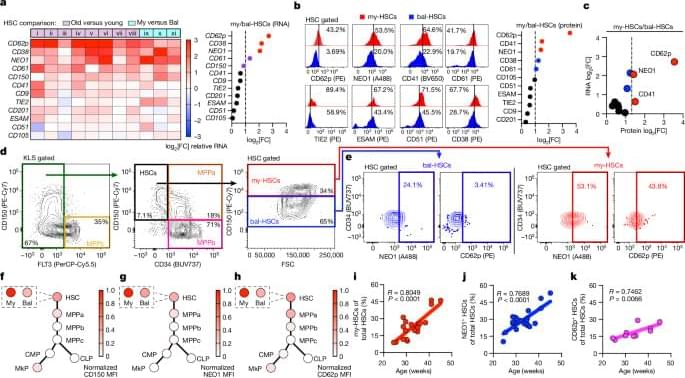


On 28 March it’s the 60th anniversary of the discovery of Epstein-Barr virus, the most common viral infection in humans. The virus was first discovered in association with a rare type of cancer located in Africa, but is now understood to be implicated in 1% of cancers, as well as the autoimmune disease multiple sclerosis. Ian Sample meets Lawrence Young, professor of molecular oncology at Warwick Medical School, to hear the story of this virus, and how it might help us prevent and treat cancer and other illnesses.
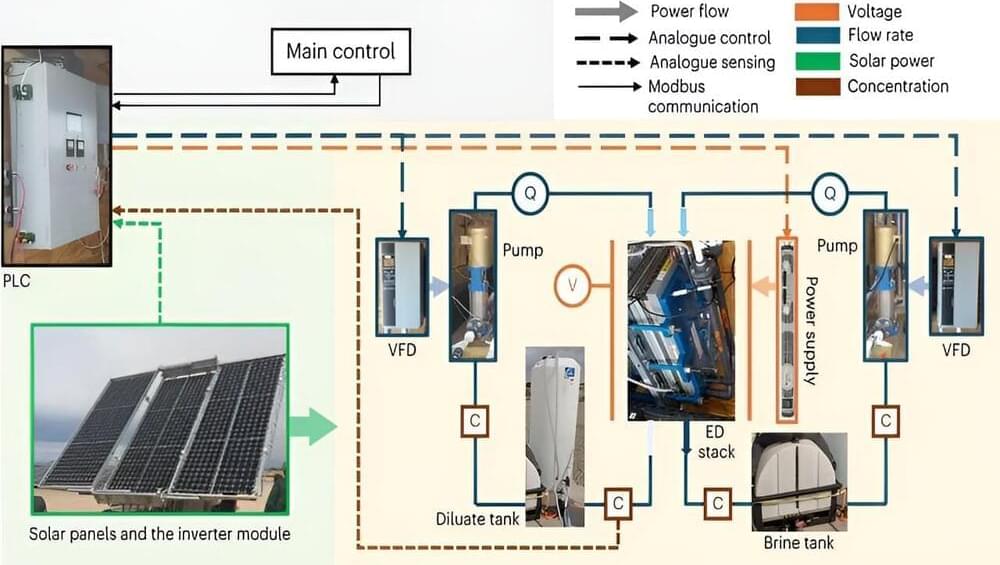
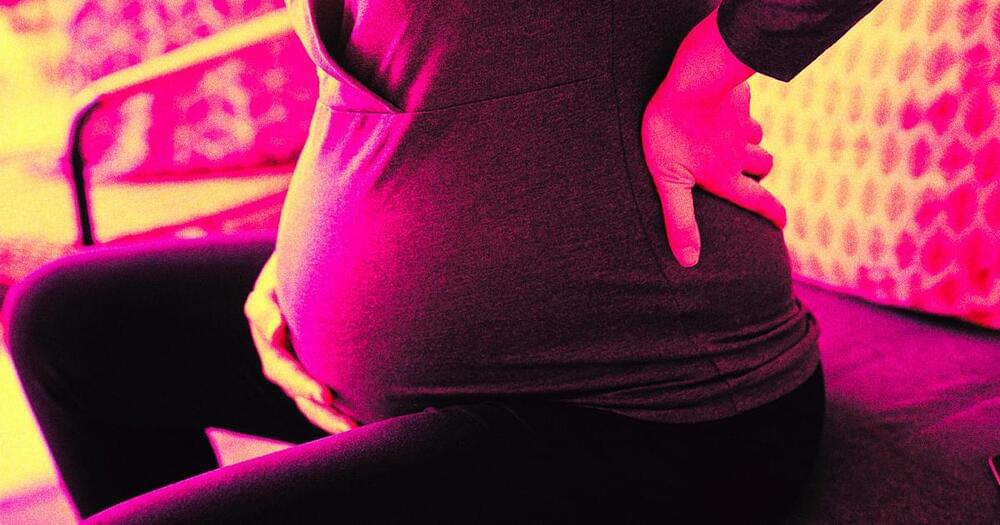
On social media, a bizarre trend seems to be emerging: surprise pregnancies when taking the diabetes drug Ozempic and its sister weight loss shot Wegovy.
As People reports, there are a few reasons why people might be getting pregnant unexpectedly when taking these semaglutide-based injectable drugs.
For one thing, Dr. Iman Saleh — an obstetrician, gynecologist, and obesity medicine doctor at New York’s Northwell Health system — tells People that through a roundabout mechanism, the weight people lose on these drugs may be making them more fertile.
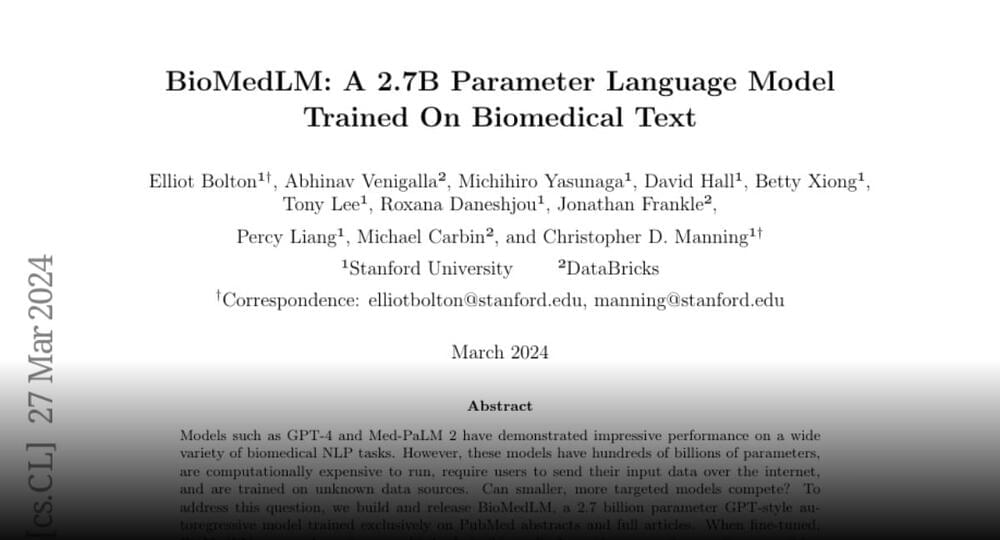
BioMedLM
A 2.7B Parameter Language Model Trained On Biomedical Text https://huggingface.co/papers/2403.
Models such as GPT-4 and Med-PaLM 2 have demonstrated impressive performance on a wide variety of biomedical NLP tasks.
Join the discussion on this paper page.

The gene-editing technique CRISPR disabled HIV that lay dormant in immune cells in a lab experiment, raising hopes for an eventual cure.
By Clare Wilson

“We hope our work will contribute to informed decisions regarding regulatory measures or behavioral interventions to minimize chemical exposure and protect human health,” Tesar said in a statement.
1.8 million. That’s how many people globally have multiple sclerosis, according to the World Health Organization. The agency also found around one in 100 children worldwide have been diagnosed with autism.
“Rigorous safety tests are in place for human health that are evaluated by [the] U.S. Environmental Protection Agency for approval and compliance with all regulatory guidelines,” Brian Sansoni, senior vice president for Communications, Outreach and Membership for the American Cleaning Institute, told Forbes. The ACI represents top cleaning product manufacturers like the Clorox Company and Procter & Gamble. “ACI member company manufacturers make product safety a top priority.” Quats have been known to be effective at killing bacteria, germs, viruses and mold. “The use of cleaning products, disinfectants and their chemistries contribute to public health in homes, schools, healthcare settings and communities every single day,” the ACI said.
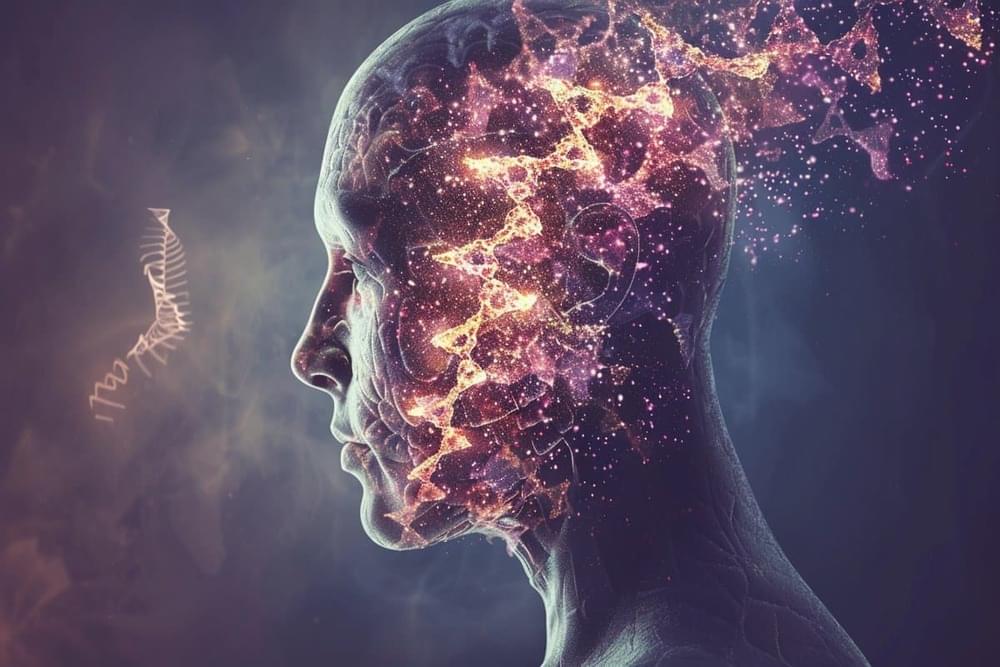
Summary: Researchers unveiled a groundbreaking discovery that DNA damage and brain inflammation are vital processes for forming long-term memories, particularly within the brain’s hippocampus.
Contrary to previous beliefs associating inflammation with neurological diseases, this study highlights inflammation’s critical role in memory formation through the activation of the Toll-Like Receptor 9 (TLR9) pathway following DNA damage in hippocampal neurons.
These findings not only challenge conventional views on brain inflammation but also caution against indiscriminate inhibition of the TLR9 pathway, given its importance in memory encoding and the potential risks of genomic instability.

Groundbreaking research has led to the creation of threofuranosyl nucleic acid (TNA), offering enhanced stability and therapeutic potential, with applications in drug delivery and diagnostics.
The DNA carries the genetic information of all living organisms and consists of only four different building blocks, the nucleotides. Nucleotides are composed of three distinctive parts: a sugar molecule, a phosphate group, and one of the four nucleobases adenine, thymine, guanine, and cytosine. The nucleotides are lined up millions of times and form the DNA double helix, similar to a spiral staircase.
Breakthrough in Nucleic Acid Research.
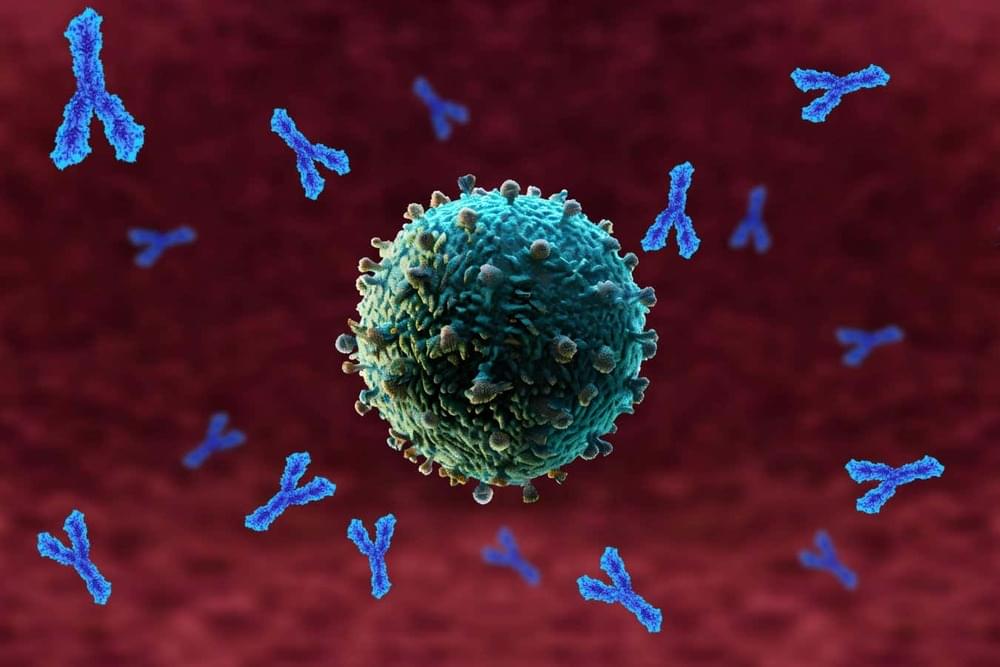
A novel antibody therapy makes the immune system of old mice appear younger, allowing the animals to better fend off infections and reduce inflammation.
By Grace Wade